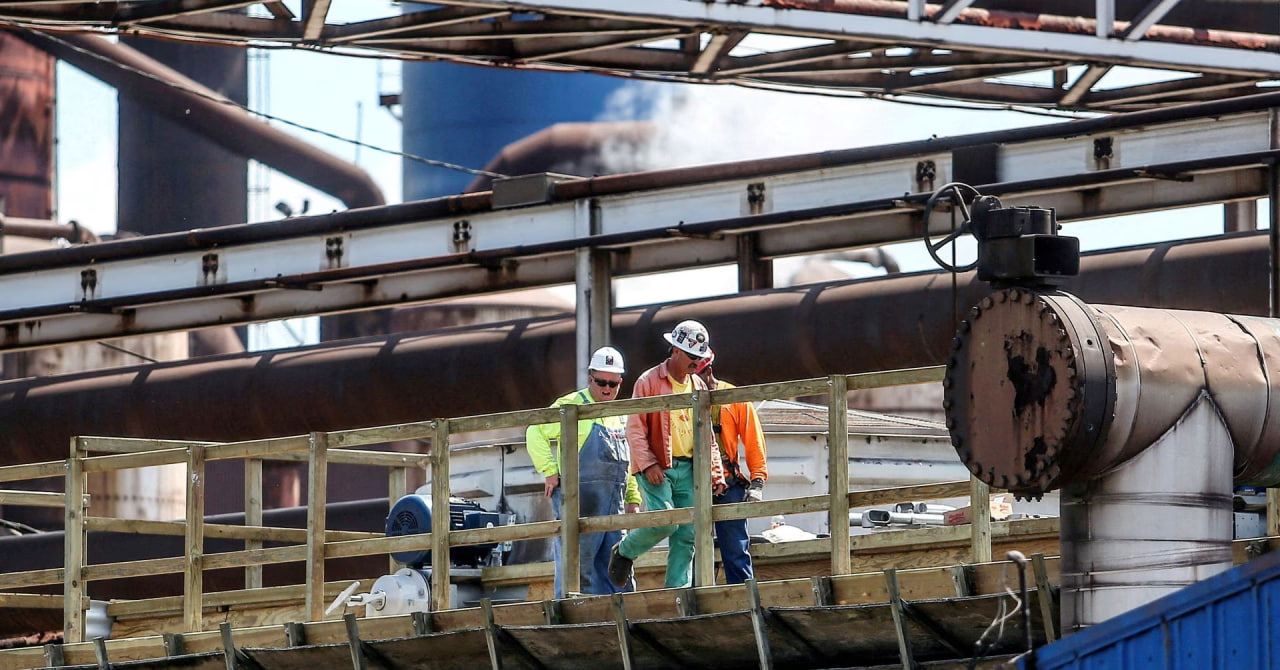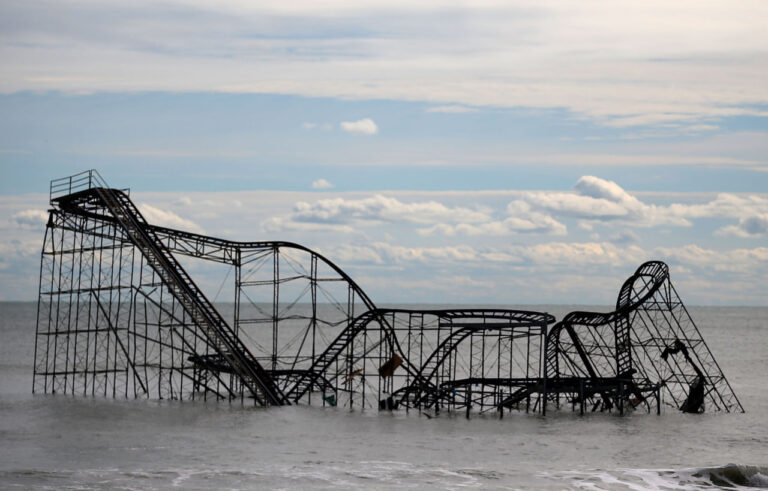NEW YORK/CHICAGO, Sept 5 (Reuters) – High costs and environmental opposition have prevented the construction of blast furnaces at steel mills in the United States since 1980. Cleveland-Cliffs Inc (CLF.N) CEO Lourenco Goncalves is on a mission to snap up all that are left.
Since joining the U.S. steelmaker in 2014 as part of an activist hedge fund’s board takeover, Goncalves has made blast furnaces a hallmark of his strategy, positioning Cliffs as an outlier in an industry shifting towards cheaper and more environmentally friendly electric arc furnaces.
A 65-year-old Brazilian metallurgical engineer, Goncalves transformed Cliffs from an iron ore and coal miner into the largest supplier of steel to the automotive industry in North America by acquiring companies that own blast furnaces to smelt the pig iron it produces.
Now, he has his sights on acquiring U.S. Steel Corp (X.N), the other remaining U.S. blast furnace operator, which has been gradually moving into electric arc furnaces, known as mini-mills. Should his $7.3 billion cash-and-stock bid prevail, Cliffs would break into the world’s top 10 steel producers, which are mostly from Asia.
Interviews with six people close to the companies and industry insiders, as well a review of regulatory filings, show Goncalves’ bet on blast furnaces has yet to pay off, and its success hinges on pulling off the deal with U.S. Steel.
This is because blast furnaces operate around the clock and need more workers. They are more expensive to run when they have to be stopped and restarted to account for changes in demand, as often happens with the automotive sector.
To compensate for that cost, they need a dominant market share so they can charge more for their steel. To build a market position, Cliffs acquired AK Steel for $3 billion and ArcelorMittal’s (MT.LU) U.S. operations for $3.3 billion in 2020. Cliffs focused on dominating production of U.S.-made steel used in the external panels of cars, which require quality that electric arc furnaces currently cannot achieve.
“By increasing market share, Goncalves has a much more commanding position where he can charge more,” said Josh Spoores, principal analyst at CRU Group, a business intelligence firm that provides analysis on global metals and mining.
Goncalves is also betting that producing iron ore in-house for blast furnaces, rather than sourcing scrap steel for electric arc furnaces, will give Cliffs a competitive edge. So far, the nimbler electric arc furnaces have remained cheaper to run, amid fluctuations in demand for steel.
Cliffs’ gross margin was 11% last year, down from 35% in 2018, when it focused on iron ore production, according to LSEG data. This was well below Nucor Corp’s (NUE.N) and Steel Dynamics Inc’s (STLD.O) margins of 30% and 27.5%, respectively — two rivals that run exclusively on electric arc furnaces. It is also below U.S. Steel’s 20.6% margin.
Goncalves has said profitability will improve as Cliffs gains scale, and projects $500 million in annual synergies from the potential U.S. Steel acquisition.
A Cliffs spokesperson said the company is innovating to meet clients’ requirements and make U.S. steel competitive.

FOCUS ON CAR MAKERS
About two-thirds of U.S. steel comes from electric arc furnaces. While Nucor and Steel Dynamics also serve the car sector, they have mostly ceded the market for automotive bodies to Chinese competitors.
This has given Cliffs an opening to serve U.S. car makers that find importing overseas steel expensive, especially following tariffs that former President Donald Trump implemented in 2018. While a few carmakers use aluminum for automotive bodies, most prefer high-grade steel from blast furnaces.
“Materially switching content isn’t something these automakers do lightly. I don’t think they’re going to move away,” said KeyBanc equity analyst Phil Gibbs.
Cliffs’ devotion to blast furnaces, which are unionized unlike some electric arc furnaces, won it the support of United Steelworkers. The union’s international president Thomas Conway said it’s backing Cliffs’ bid for U.S. Steel because of Goncalves’ commitment to blast furnaces. He pointed to Cliffs adding 1,700 new jobs following its last two acquisitions.

CARBON EMISSIONS
Goncalves has said in interviews and earnings calls that criticism of blast furnaces’ emissions ignores that electric arc furnaces cannot make the steel many car makers want.
“Try to build a car all with steel, flat-rolled steel produced in flat-rolled mini-mills. It doesn’t work,” Goncalves said on Cliffs’ latest quarterly earnings call.
Nucor’s and Steel Dynamics’ carbon footprints are more than two-thirds smaller than Cliffs’ and U.S. Steel’s, their sustainability disclosures show.
Cliffs points to having reduced its emissions by 32% since 2017, ahead of a target to achieve this by 2030, primarily by using hot briquetted iron (HBI) in its blast furnaces. HBI is made with natural gas rather than coke from coal, resulting in fewer emissions.
Cliffs is also testing the use of hydrogen to reduce emissions, though the technology’s commercially viability remains uncertain.
Last year, President Joe Biden’s administration pointed to Cliffs’ direct reduction steel plant in Toledo, Ohio, which cost $1 billion and makes HBI, as an example of “clean” U.S. manufacturing.
Source: Reuters







